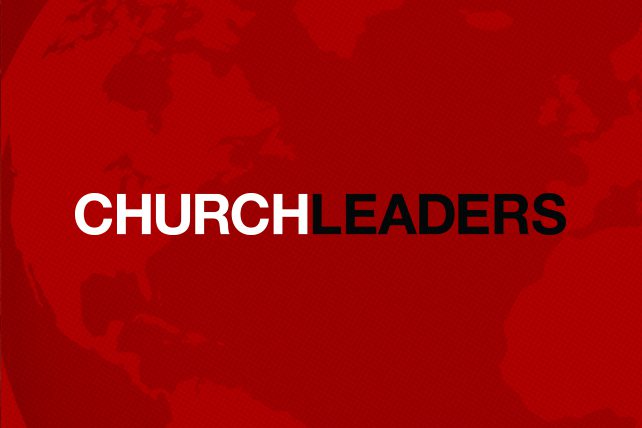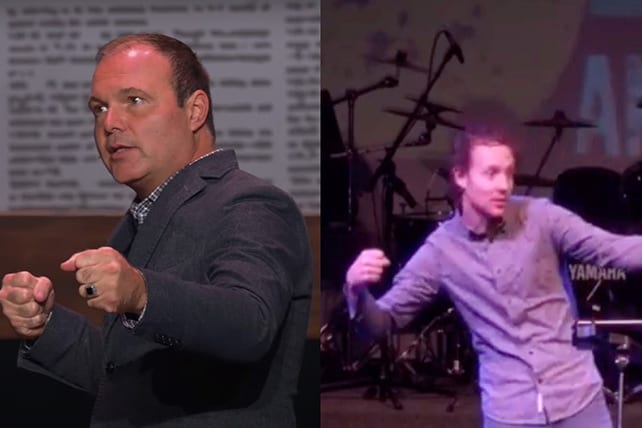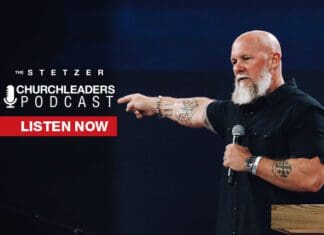The city of Lubbock, Texas, has just passed an ordinance making it a sanctuary city for the unborn and the twenty-sixth U.S. city to outlaw abortion. The ordinance was passed in large part thanks to the efforts of local churches.
“LIFE WINS! Lubbock, Texas is officially the largest Sanctuary City for the Unborn in the United States!” said Project Destiny Lubbock, a political action committee (PAC), in a Facebook post celebrating the passing of the ordinance.
“The Church of Jesus Christ banded together, stepped up to their role, their God-given role, and said we’re not going to let babies be killed in our city,” Jim Baxa of West Texas for Life told the Lubbock Avalanche-Journal. “All these churches banded together. There were 200 churches in the City of Lubbock, working together to stand up for life. It’s excellent.”
After Lubbock city council members unanimously rejected the ordinance last fall, an initiating committee collected enough voter signatures to hold a special election for it. Local churches played a significant role in the efforts to collect enough signatures to bring the ordinance to a vote. On Saturday, May 1, 21,400 people voted in favor of the ordinance and 12,860 voted against it.
Mayor Dan Pope said in a statement that city council members will canvass the votes on May 11 and that the ordinance could become effective by June 1. But despite this apparent win for the unborn, some—including at least one staunch pro-life advocate—have concerns that the ordinance will ultimately be ineffective and will come at a high cost to taxpayers.
Sanctuary City: Abortion Banned in Lubbock
According to Project Destiny, Lubbock’s new ordinance supplements state laws that already make abortion a criminal act—laws that remained in effect even after Roe v. Wade. The ordinance makes an exception regarding the criminality of abortion if it is performed in order to save the life of the mother. Moreover, the ordinance targets whoever is conducting the abortion, not the mother of the child. “Under no circumstance does the ordinance allow sanctions against the mother of the unborn child which was aborted,” says Project Destiny.
On its website, the PAC assumes there is no question that Roe v. Wade will be repealed in the future. The ordinance, says Project Destiny, “Provides for the public enforcement of the ordnance [sic] when Roe v. Wade and Planned Parenthood v. Casey are overruled by the Supreme Court.”
Public enforcement of Lubbock’s new ordinance will not be possible unless Roe v. Wade is overturned. Therefore, the only way for it to be enforced at present is privately, via the threat of lawsuits against abortion providers. Project Destiny argues that because Jonathan F. Mitchell, former Solicitor General of Texas and one of the ordinance’s co-authors, has agreed to represent the city of Lubbock at no cost, the passing of the ordinance will not require financial sacrifices from taxpayers.
Last year, Lubbock’s city council hired legal firm Olson & Olson to review the constitutionality of the ordinance and then rejected it in November on the grounds that it was unconstitutional and unenforceable. The council members listed four concerns, among them that, if passed, the ordinance would be void because it conflicts with Texas state law and that the Texas constitution prohibits cities from passing laws that conflict with state law.
Sarah Wheat with Planned Parenthood of Greater Texas issued a statement after the sanctuary city ordinance was passed, saying, “Planned Parenthood is a trusted resource for anyone in Lubbock and the surrounding communities for essential healthcare services. We want Lubbock residents to know: Our doors are open and we will continue to advocate for our patients, no matter what.”
Despite the fact that many pro-lifers are celebrating the passing of the ordinance, there are some who argue it is an ineffective strategy for fighting abortion. Dr. Joe Pojman of the Texas Alliance for Life told the Avalanche-Journal that even though he applauds the efforts of those who have fought for the ordinance, he believes it will simply lead to a lot of expense and energy until it is finally determined to be unconstitutional. “A local ordinance or a state law that bans abortions immediately is not going to stop abortions,” he said. “It has been tried many times and none of those work. We need more votes on the Supreme Court who are willing to take a fresh look at Roe v. Wade.”


















